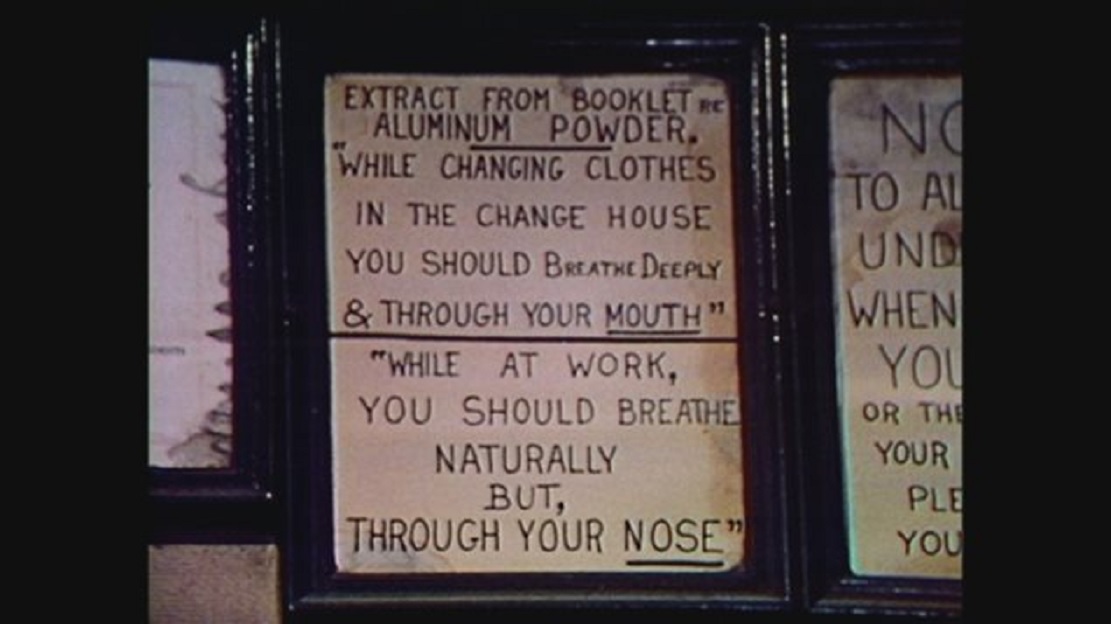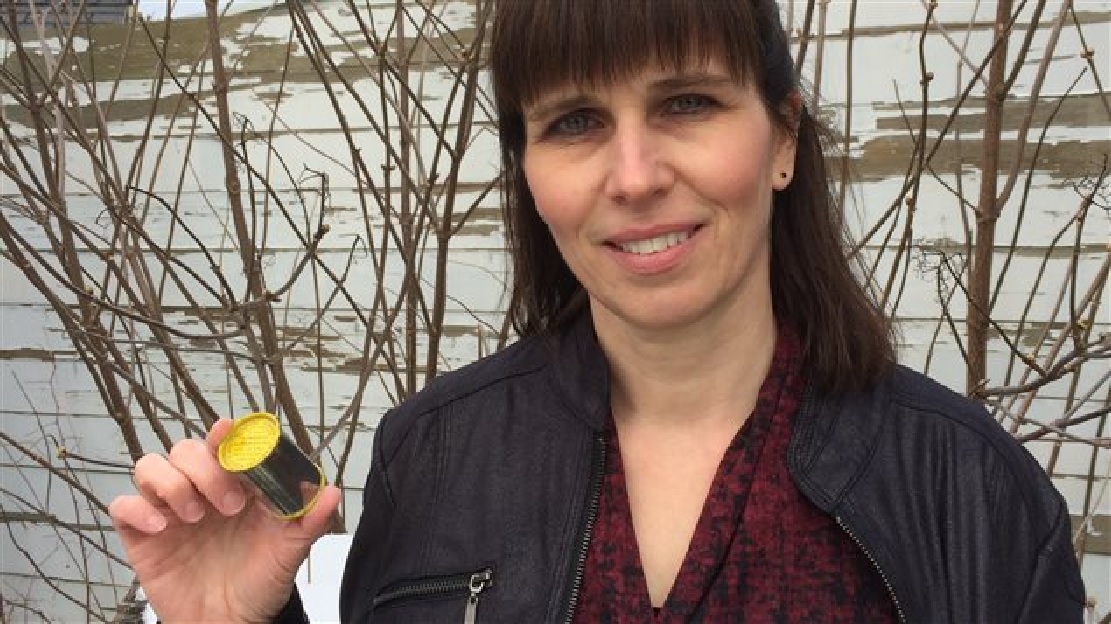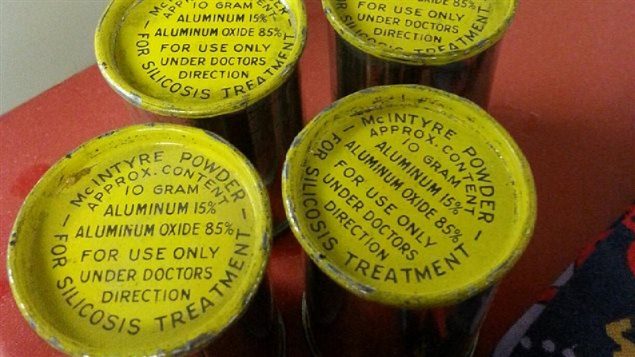It was a tireless campaign that Janice Martell had waged for years in northern Ontario’s ‘hard rock mining’ centre. Finally, she has the decision she has sought.
McIntrye Powder was little known outside of mining circles, if at all. For about three decades miners in several countries would be told to inhale finely ground aluminium dust before working in the mine. This was the case for miners in northern Ontario, the U.S. Australia, Mexico, and the Belgian Congo.

Until 1979, miners change rooms before each shift were clouded with the fine dust pumped in through the ventilation system. Miners were told to inhale deeply. © CBC
The theory was that the dust would coat the miners lungs and reduce the chance of the known miners disease of silicosis resulting from inhaling particles of silica released during mining of certain minerals. Eventually it was found that the dust did not help and its use was halted.
However, many miners later developed serious health problems including Alzheimer’ s and Parkinson’s disease as was the case for Janice Martell’s father. Jim Hobbs, a uranium and nickel miner was diagnosed with Parkinson’s in 2001, and died in 2017.
Claims for workmen’s compensation were often denied saying there was no proof of a connection.
Martel however has been fighting for years to get that proof and now, this week she has it.
- RCI: 2015: McIntyre Powder- inhaling aluminium powder to prevent lung disease
- RCI: 2017: Were you a miner? McIntyre Powder update
On May 7 the Workmen’s Safety and Insurance Board (WSIB) released results of the over two year investigation into the powder and its connection to neurological disease.

Janice Martell fought a long campaign to have the powder investigated after her miner father developed Parkinson’s. (supplied)
The investigation was led by Dr. Paul Demers the senior scientist at Ontario Health (Cancer Care Ontario). He is also a professor at the University of Toronto in the Dalla Lana School of Public Health, and the director of the Occupational Cancer Research Centre (OCRC).
The report notes the study of Ontario miners, “ found evidence of an association between McIntyre Powder exposure and increased risk of Parkinson’s disease, with the highest risk among workers exposed in gold mining”. It did not however note a specific connection with Alzheimer’s even though there was an observation of an “overall increased risk in miners compared to the general population”.
The report is called Investigation of McIntyre Powder Exposure and Neurological Outcomes in the Mining Master File Cohort: FInal Report
The WSIB now says it is now moving quickly to review about two dozen pending miners claims previously denied.
Martel says the connection of the powder to other miners respiratory, cancer and cardiovascular problems should also be investigated.
Quoted in Northern Ontario Business she said,” “I hope that the Ministry of Labour will take a look at this and realize it is in everyone’s best interest, economically and otherwise, to take this seriously, to investigate what kind of exposures are causing these issues, and to prevent future things from happening”.







For reasons beyond our control, and for an undetermined period of time, our comment section is now closed. However, our social networks remain open to your contributions.